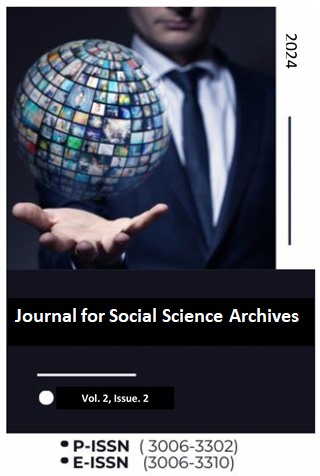The Role of AI in Optimizing Supply Chain Logistics for E-commerce
DOI:
https://doi.org/10.59075/jssa.v2i2.156Keywords:
Artificial Intelligence (AI), Supply Chain Optimization, E-commerce Logistics, Demand Forecasting, Machine Learning (ML), Inventory Management, Route Optimization, Last-mile Delivery, Autonomous Delivery, Predictive Analytics, Data-Driven Decision MakingAbstract
The surprisingly rise of online buying has changed the way supply chain management is carried out, and companies want to use new technologies to stay competitive. AI has become a crucial part of improving supply chain making plans because it automates complicated responsibilities and lets people make decisions in actual time. E-commerce websites must cope with issues like converting demand, making sure orders appear on time, and keeping the right amount of product in all in their locations. AI solves these troubles with the aid of providing prediction analytics and gadget mastering algorithms that help organizations successfully are expecting call for, automatically restock their cabinets, and make transportation greater green. AI-powered call for predicting models look at past sales records, purchaser tastes, and out of doors elements (like weather and marketplace trends) to make predictions extra correct and reduce down on situations where there aren't enough objects or too many are reachable. In stock management, AI equipment permit for actual-time monitoring, which makes certain that the proper amount of inventory is kept available and that building space is used effectively. AI-pushed path making plans systems additionally help transport organizations cut down on delivery times and fuel use by means of changing routes on the fly primarily based on climate, site visitors, and transport goals.
Downloads
Published
How to Cite
Issue
Section
License
Copyright (c) 2025 Journal for Social Science Archives

This work is licensed under a Creative Commons Attribution 4.0 International License.



